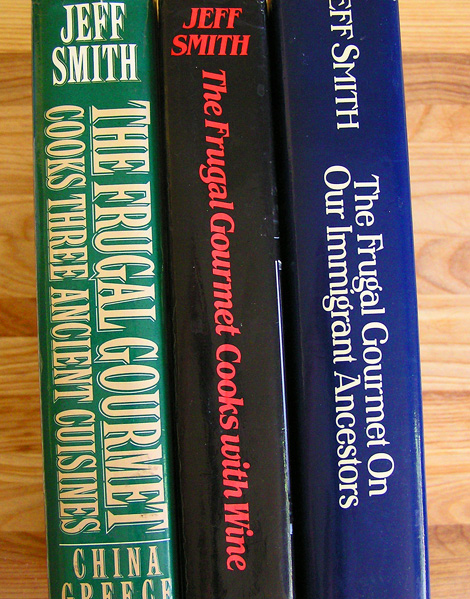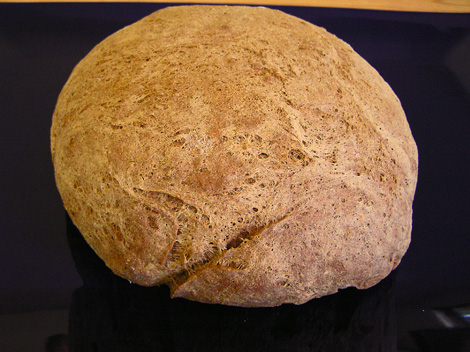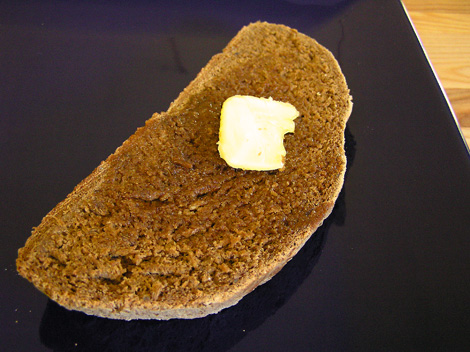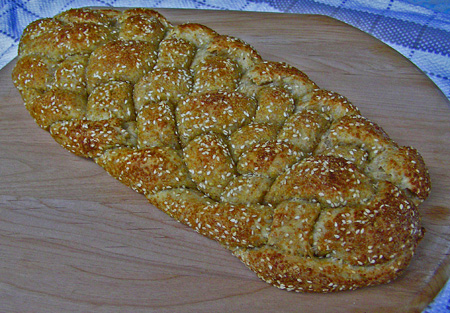Look back. Go ahead and look back in time. Do you remember all of the people, the experiences you had, the books you read, the flavors you tasted. The many influences that make you into the cook you are today? Hell, the person you are today? Look back and smile. Look back and laugh. Enjoy. It’s all been good.
When I was a girl, I loved to bake. I only began to dabble in cooking when I began to stumble onto the many things that would influence what I loved to eat. One person who influenced me was a strange and silly man. A theologian, a historian, he was not a chef. He was a home cook. Endlessly fascinating, clumsy in the kitchen, but knowledgeable and quite possibly the first real foodie I had ever seen. He dubbed himself the Frugal Gourmet and I sat on floor in front of the TV each week to listen to stories, be entertained and watch a man make amazing food in a really nice kitchen with better equipment than I thought I’d ever have access to.
To tell you the truth, I think I enjoyed watching his antics more than cooking out of his books. I loved to watch him. His show made me happy. His recipes were unfortunately inconsistent and he made me into a better cook because I often had to make changes to the recipes to get them to work.
But… I miss the Frug. I was so happy to stumble onto the fact that other people loved him enough to keep recordings of his show and post them on YouTube. I have a treat for you. Here is a quintessential example of why I was mesmerized by his show. Please spend the next half hour watching the Frugal Gourmet bake with sourdough. You won’t regret it. Please keep reading after the show. I baked up one of his other loaves of bread and you won’t want to miss that!
Even after all of these years, I still use my Frugal Gourmet cookbooks. The other day, I whipped out my copy of The Frugal Gourmet on our Immigrant Ancestors. I have to admit that out of the three books of his I own, this isn’t my favorite, and I haven’t really looked at it with fresh eyes in quite awhile. After I made some enchiladas verde con queso using the recipe from the Mexico chapter as a rough guideline (I have completely changed this recipe over the years to be much more healthy), I began to page through this book. There are so many bread recipes. I didn’t know. At the time I got these books, I wouldn’t have dared bake bread. When I got to the chapter on Germany, I became very curious about the pumpernickel bread recipe. It sounded so delicious!
I finally had the chance to bake up a loaf of this wonderful bread today. I’m happy I never tried to bake this bread years ago because I would have been frustrated. The recipe called for over half a cup more white flour than necessary and the bread needed to bake for fifteen minutes longer than the recipe called for which are errors I never would have caught before I became a seasoned bread baker. But, I have to say, I was so happy with this bread. The Frug wrote in his book about this bread: “It is simple to do and the results are better than those of most bakeries that you know” Comparing this to the sourdough rye I made awhile back, it took a third of the time, a third of the kneading and the bread was just as delicious as that much more complex loaf. My boyfriend thinks it is better than the pumpernickel bread we get at a favorite restaurant which comes from a respected bakery. I have to say this is a very close second to that bread too!
If you love pumpernickel bread and want an simple recipe, this is for you! This loaf is going to YeastSpotting, a showcase of fine bread across the Blogosphere.
Pumpernickel bread
Adapted from The Frugal Gourmet on our Immigrant Ancestors by Jeff Smith
4 ½ tsp active yeast
1 ¼ cup tepid water (between 105 – 110 degrees, F.)
1 cup whole grain rye flour
1 cup whole wheat flour
¼ cup molasses
2 tbsp unsweetened cocoa powder
1 tbsp whole caraway seeds
1 ½ tsp salt
1 cup unbleached white flour (possibly more if needed)
Cornmeal for dusting your peel
In a large bowl, combine yeast and water. Allow to proof for 10 minutes. It should be nice and frothy. Add rye flour, whole wheat flour, molasses, cocoa, caraway seeds and salt. Mix well. Add white flour and mix with a heavy spoon or spatula until well combined. Turn out onto a floured board. This makes a very dense dough. The original recipe called for over a half cup more white flour which could be added if the dough is sticky. If your dough is sticky, add a tablespoon of flour at a time if needed. Knead the dough for 5 – 7 minutes. It will become smooth and elastic and the outside will feel soft like your earlobe. (This dough will not be elastic enough to do a window pane test).
Transfer the dough to an oiled bowl. Cover with a heavy cloth and allow to rise until doubled, about an hour.
Punch the dough down. Knead for a minute and then form into a ball. Sprinkle a peel or a rimless cookie sheet with a liberal amount of cornmeal. Lay the dough ball on the cornmeal. Cover the dough with the cloth and allow to rise until doubled again, about an hour.
Put a pizza stone on the top rack in the oven. Also place a metal pan on the lower rack of the oven. Preheat the oven to 350 degrees F. Using the peel or a rimless baking sheet, transfer the dough to the hot stone. Pour about a cup of water into the metal pan to create steam. Bake the bread for 45 minutes. The bread is ready when it sounds hollow when you tap it on the bottom and/or an instant read thermometer reads an internal temperature of 190 degrees F. when poked into the bread.














